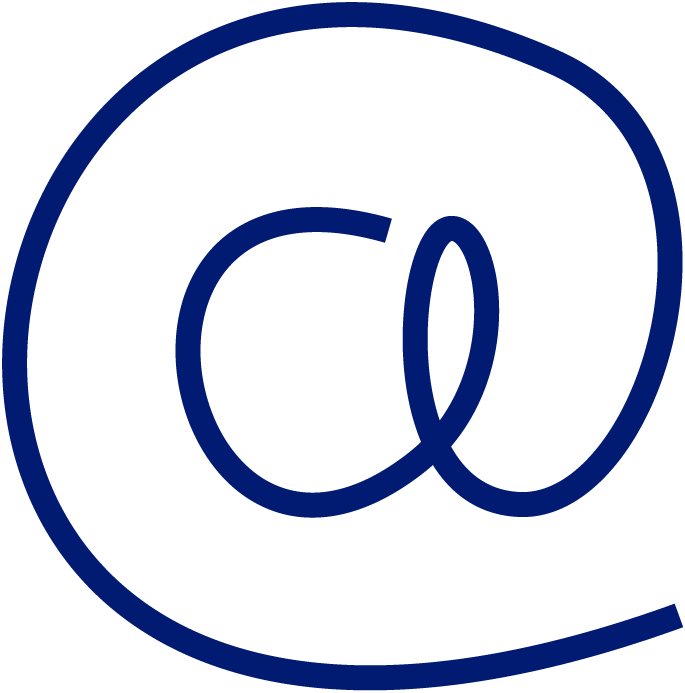

Diversity and inclusion are no longer mere concepts. They have become essential realities for every organisation. Beyond rhetoric, they are profoundly transforming the world of work.
HR teams are on the front line of these changes. They must respond to the high expectations of employees. They must also fight persistent discrimination.
How do HR teams tackle this daily challenge? How can they move from intention to concrete and impactful action?
Mag summary
- High aspirations for diversity and inclusion but persistent difficulties
- HR facing the daily challenges of diversity and inclusion
- Ambitious diversity and inclusion policies in organisations
- Quotas: an effective lever for equity
- Recruitments that opens doors
- A collective commitment to sustainable inclusion
- Putting commitment into action: the levers available to HR professionals
High aspirations for diversity and inclusion but persistent difficulties
Diversity and inclusion policies have gained legitimacy. They are now considered essential. HR professionals see them as beneficial for innovation, cohesion, competitiveness and the image of their organisation. Employees are also very attentive to these issues. 79% of them say that these topics influence their choice of employer (Cegos ‘Barometer: Diversity and inclusion in organisations’, September 2025).
However, 98% of HR professionals recognise that discrimination persists in the world of work. HR professionals are more vigilant, but practices are persistent and more subtle. As Isabelle Drouet de la Thibauderie, Manager of Human Resources Offer and Expertise at Cegos, states: “Organisations will have to tackle more diffuse forms of discrimination, such as those related to social status, place of residence or health status. These are clearly on the rise in 2025."
HR facing the daily challenges of diversity and inclusion
According to Isabelle Drouet de la Thibauderie, it is time to "move from shared observations to concrete, structured actions."
HR professionals are the architects of diversity and inclusion policies. They are the ones who implement them. They are also in the best position to identify areas for improvement. They pick up on all the signals within the organisation. For example, they are often the first port of call for employees in the event of conflicts related to diversity.
However, there are still many difficulties in operational implementation. As Catherine Jacquet, Director of Bespoke Projects at Cegos, explains: "The difficulties expressed by HR professionals clearly reflect the multiplicity and scale of the changes taking place in our societies. An ageing workforce, increasing demands for fairness, the new aspirations of younger generations, political and social tensions… All these dynamics are impacting human resources management practices within organisations."
The reality of diversity raises concrete questions about HR practices. Fortunately, HR professionals have a range of measures and tools at their disposal to meet these challenges.
Ambitious diversity and inclusion policies in organisations
Faced with the challenges of diversity and inclusion, HR professionals are maintaining their course. They are inspiring a strong dynamic, sometimes going well beyond compliance. Half of them are even considering accelerating their diversity and inclusion policy. Isabelle Drouet de la Thibauderie confirms: “The momentum behind diversity and inclusion policies has largely overcome the effects of the current context.”
This commitment fully meets the expectations of employees, who overwhelmingly support a zero-tolerance policy: zero discrimination, zero harassment.
Quotas: an effective lever for equity
Both HR professionals and employees are increasingly supportive of quota policies. These policies aim to create the conditions for equal access to opportunities for specific groups (women, seniors, people with disabilities, etc.). This proactive approach is increasingly seen as a concrete means of preventing discrimination, which is still too prevalent, and accelerating diversity within organisations.
In practice, quota policies are an effective tool for correcting numerical inequalities, particularly in terms of gender and disability. However, they are not enough to create a sustainable inclusive working environment. They must be used in conjunction with other levers, such as those we are about to look at.

Recruitments that opens doors
Unfortunately, recruitment can be a time when discrimination occurs. However, inclusion is built from the moment of hiring, by putting together teams from diverse backgrounds.
Several methods promote more inclusive and non-discriminatory recruitment:
Shifting from the “ideal profile” to the necessary skills:
This involves precisely defining the requirements of the position, focusing on essential skills, including soft skills. Potentially discriminatory criteria, such as age or appearance, are excluded.
Recruiting without CVs:
This method, although still rare, is effective. It involves testing and evaluating candidates' skills, motivation and potential. It no longer relies on their academic or professional background as presented in a CV.
Using formalised and objective tools and methods:
Careful work on the documents used in recruitment promotes objectivity. Everything must be scrutinised: application forms, grids, interview report templates, etc.
Raise awareness and train non-HR recruiters:
HR professionals are not the only ones who assess candidates. Anyone who meets with candidates must be trained in non-discriminatory HR practices. Operational staff must receive specific HR guidelines on how to conduct interviews and develop objective arguments in case of rejection.
A collective commitment to sustainable inclusion
Diversity and inclusion policy affects everyone in an organisation. It requires concrete commitment from each and every individual.
Combating discrimination requires proactive and powerful commitment from leaders. Many of them are already personally involved. It is essential to make this commitment visible, both internally and externally. This is the basis of credibility.
Managers are also indispensable. They are on the front line when it comes to implementing Diversity and Inclusion policies in practice. They have a direct influence on the experiences of employees. As Catherine Jacquet, points out: "The challenge for companies is to establish the management and promotion of inclusion and diversity as a managerial standard."
Ultimately, it is everyone's business. We are all guardians of inclusion on a daily basis. Every employee can perceive manifestations of bias or situations of harassment. Their vigilance and ability to report or intervene are essential.
Putting commitment into action: the levers available to HR professionals
The question remains: how? HR professionals are already stepping up their regular awareness-raising activities on the subject. They are using internal communication tools, organising dedicated meetings and sometimes even compulsory training courses. However, individual commitment is still lacking.
HR professionals can go further with more structured actions:
- Signing commitment charters with recognised associations. For example, the Diversity Charter, the Business and Disability Charter…
- Promoting a culture of allies that encourages everyone to defend those who are discriminated against.
- Highlighting key employees to engage in dialogue, inspire and lead the way.
- Making diversity a topic of social dialogue with employee representatives and social partners.
HR teams play a leading role in diversity and inclusion. They must encourage effective collaboration among all stakeholders. Executives, managers and employees all have a part to play. Discrimination persists, it's true. But policies are being stepped up and commitment is growing, beyond mere rhetoric.
This is how HR is building the working world of tomorrow: fairer, more humane and more efficient.
This article was originally published by Cegos France under the title "Diversité et inclusion : du savoir à l’action"




